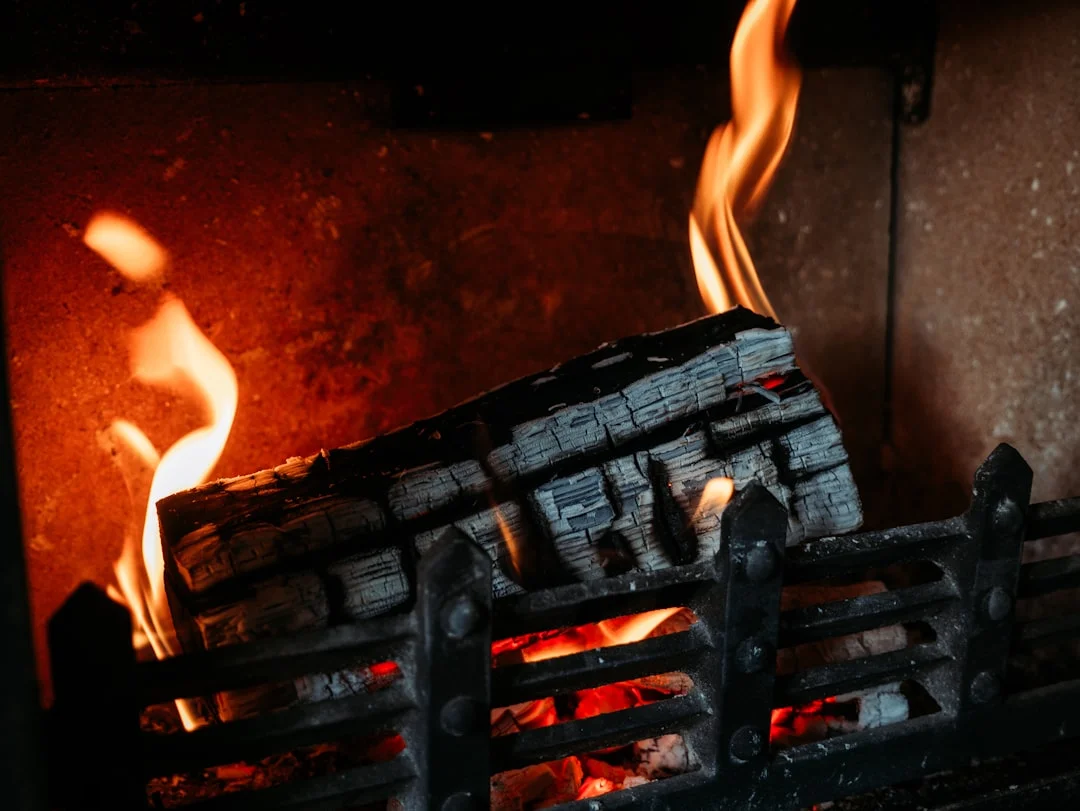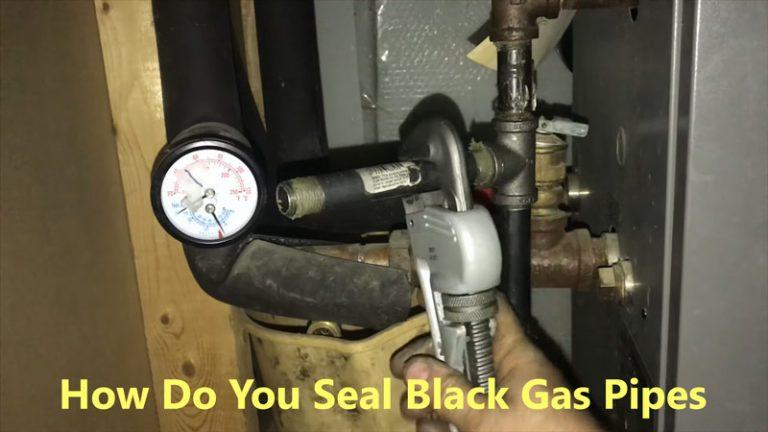Fireplace Mantel Coming Away from Wall: Your Ultimate Guide to a Secure Fix
There’s nothing quite like the cozy ambiance of a fireplace. It’s the heart of the home, a place for gathering, warmth, and creating memories. But what happens when the centerpiece of your living room starts to look a little less than stellar? A fireplace mantel coming away from the wall is more than just a cosmetic issue; it’s a safety concern that needs immediate attention.
A wobbly or separating mantel is a hazard, especially in homes with children or pets. The good news is that fixing a loose fireplace mantel is often a manageable DIY project. This comprehensive guide will walk you through understanding the problem, identifying the cause, and implementing a secure, lasting solution.
You'll Learn About
Why Is My Fireplace Mantel Pulling Away from the Wall?
Before you can fix the problem, you need to understand what’s causing it. Several factors can contribute to a fireplace mantel detaching from the wall, each requiring a slightly different approach to repair. Identifying the root cause is the first critical step toward a successful fix.
From improper installation to the natural settling of your home, the reasons can be varied. Let’s explore some of the most common culprits behind a separating mantel.
Improper Initial Installation
The most frequent reason for a loose mantel is a flawed installation. A heavy mantel requires robust support, and if the original installer cut corners, it’s only a matter of time before problems arise. A secure installation depends on anchoring the mantel correctly.
Often, the issue lies with the fasteners not being secured into wall studs. Drywall alone is not strong enough to support the weight of a mantel, especially if you place decor on top of it. Another common mistake is using fasteners that are too short or not suitable for the wall material, such as brick or stone.
The Effects of Heat and Humidity
Your fireplace, by its very nature, generates significant heat. Wood is a natural material that expands and contracts with changes in temperature and humidity. Over time, this constant movement can loosen the fasteners holding your mantel in place.
This is especially true for wood mantels installed directly against a brick or stone facade without a proper heat shield. The intense heat can dry out the wood, causing it to warp or crack, further compromising the installation’s integrity.
Structural Settling of Your Home
All houses settle over time. This natural process can cause slight shifts in the walls, which can, in turn, affect how securely your mantel is attached. If you’ve noticed other signs of settling, like cracks in your drywall, this could be a contributing factor.
While minor settling is normal, significant shifts could indicate a more serious structural issue. If you suspect this is the case, it’s always best to consult with a professional. Issues with your foundation could manifest in various ways, including a roof that seems to be popping or shifting; understanding how to address roof popping can provide clues about larger structural movements.

Assessing the Situation: How to Inspect Your Loose Mantel
Before you grab your tools, a thorough inspection is necessary to determine the best course of action. Gently try to move the mantel to gauge how loose it is. Look closely at the point of separation to see if you can identify the type of fasteners used.
Shine a flashlight into the gap between the mantel and the wall. You might be able to see the mounting bracket or ledger board. This will give you valuable clues about how it was originally installed and what might have failed.
Step-by-Step Guide to Fixing Your Fireplace Mantel
Once you’ve diagnosed the problem, it’s time to get to work. This guide provides a general approach, but you may need to adapt it based on your specific situation. Safety should always be your top priority, so if you’re ever unsure, don’t hesitate to call a professional.
Tools and Materials You’ll Need
Having the right tools on hand will make the job much smoother. Here’s a list of items you may need, depending on the repair method you choose:
- Drill with various bits (including masonry bits if applicable)
- Stud finder
- Level
- Pry bar
- Hammer
- Screws or lag bolts (appropriate for your wall type)
- Construction adhesive
- Caulking gun and paintable caulk
- Wood putty or filler
- Sandpaper
- Touch-up paint
Step 1: Removing the Old Mantel (If Necessary)
In many cases, you’ll need to completely remove the mantel to properly re-secure it. If caulk was used around the edges, carefully cut through it with a utility knife to avoid damaging the wall. This prevents tearing the drywall paper when you pry the mantel away.
Use a pry bar to gently work the mantel away from the wall. Be patient and work slowly to minimize damage. Once removed, you can inspect the wall and the back of the mantel to see the original mounting method.
Step 2: Securing the Mounting System
Most mantels are mounted on a ledger board or a French cleat. This is the piece that is attached to the wall, and the mantel itself hangs on it. The failure point is often this board coming loose from the wall.
Use a stud finder to locate the wall studs. The ledger board must be securely fastened to these studs. If it’s attached to brick or stone, you’ll need to use masonry anchors and screws. Drill pilot holes and use lag bolts to securely attach the board to the studs for maximum support.
A Popular Mounting Method: The French Cleat
A French cleat is an excellent method for hanging heavy items like mantels. It consists of two interlocking pieces of wood cut at a 45-degree angle. One piece is attached to the wall, and the other is attached to the back of the mantel.
This system provides a very strong and secure hold. If your current mantel doesn’t have one, consider installing a French cleat system for a more reliable and long-lasting fix.
Step 3: Reattaching the Mantel
Once the mounting board is firmly secured to the wall, you can reattach the mantel. Apply a generous amount of construction adhesive to the back of the mantel and the top of the mounting board. This will create a strong bond and help to prevent future movement.
Carefully place the mantel back onto the mounting board, ensuring it is level. Drive screws through the top or bottom of the mantel into the ledger board to hold it in place while the adhesive cures. Countersink the screws so you can fill the holes with wood putty later for a seamless finish.
Step 4: Finishing Touches for a Professional Look
With the mantel securely in place, it’s time for the finishing touches. Fill any screw holes with wood putty and sand them smooth once dry. Apply a new bead of paintable caulk along the seams where the mantel meets the wall.
This will fill any remaining gaps and give your installation a clean, professional look. Once the caulk is dry, you can touch up the paint on the mantel and the surrounding wall to complete the project.
Solutions for Specific Mantel and Wall Types
The process for fixing a loose mantel can vary depending on the materials you’re working with. Here’s a look at some common scenarios and how to approach them.
Fixing a Mantel on a Brick or Stone Wall
Attaching anything to a masonry surface requires specific hardware. You’ll need a hammer drill and masonry bits to drill into the mortar joints (not the brick or stone itself). Use masonry screws or lag shields and bolts to secure the mounting board.
Construction adhesive is also highly effective on masonry surfaces. A combination of mechanical fasteners and a strong adhesive will provide the most secure hold for a heavy mantel on a brick or stone fireplace.
Addressing Gaps and Cracks
If the separation is minor, you might be able to fix it without removing the entire mantel. For small gaps, you can inject construction adhesive into the space and then use shims to press the mantel back against the wall while the adhesive dries.
For larger gaps, using a backer rod before caulking can provide a better seal. For fireplaces that generate a lot of heat, using a high-temperature caulk is essential to ensure a durable and safe seal.
Sometimes, what appears to be a mantel issue is related to the fireplace itself. A peculiar odor, for instance, might point to other problems. If you’ve ever wondered why a ventless gas fireplace smells musty, it could be due to issues unrelated to the mantel’s stability.
When to Call a Professional
While many mantel repairs are DIY-friendly, there are times when it’s best to call in a professional. If you’re not comfortable with the tools and techniques required, or if you suspect a larger structural issue, it’s worth the investment to have a professional handle the job.
A professional handyman or carpenter will have the experience and knowledge to assess the situation and implement the safest and most effective solution. They can also identify any underlying issues that may need to be addressed.
Choosing the Right Contractor
If you decide to hire a pro, do your research. Look for contractors with experience in fireplace and mantel installation. Check online reviews and ask for references. It’s always a good idea to get multiple quotes to ensure you’re getting a fair price.
A reputable contractor will be licensed and insured, giving you peace of mind that the job will be done correctly and safely. They can also offer design advice and ensure your mantel installation meets all local building codes and safety standards.
| Problem | Likely Cause | DIY or Pro? | Solution Summary |
|---|---|---|---|
| Small gap at the top, mantel feels slightly loose | Settling, loosened fasteners | DIY | Inject construction adhesive, use trim screws to secure into studs, caulk and paint. |
| Mantel is visibly sagging and very wobbly | Ledger board detached from wall/studs | DIY (for experienced) / Pro | Remove mantel, re-secure ledger board to studs with lag bolts, re-install mantel with adhesive and screws. |
| Mantel pulling away from a brick wall | Failed mortar anchors or adhesive | Pro | Remove mantel, drill new holes in mortar joints, use masonry anchors and lag bolts, apply construction adhesive. |
| Cracks appearing in the wall around the mantel | Significant structural settling | Pro (Structural Engineer) | Consult a professional to assess foundation and structural integrity before addressing the mantel. |
Preventative Maintenance: Keeping Your Mantel Secure for Years to Come
Once your mantel is securely reattached, a little preventative maintenance can go a long way. Periodically check for any signs of movement or new gaps forming. Avoid placing excessively heavy items on the mantel, as this can strain the mounting hardware over time.
Keep an eye on the caulk line around the mantel. If you notice it cracking or pulling away, this could be an early sign of movement. Re-caulking is a simple fix that can also help to keep the mantel stable.
Finally, be mindful of the products you use around your fireplace. Even something as simple as a firelog can have its own quirks. If you’ve ever had a duraflame log that won’t burn properly, you know that understanding the products you use is key to a safe and enjoyable fireplace experience.
A secure and beautiful fireplace mantel is essential for both the safety and aesthetic of your living space. By understanding the causes of separation and following these steps, you can ensure your mantel remains a stable and cherished feature of your home for years to come.

